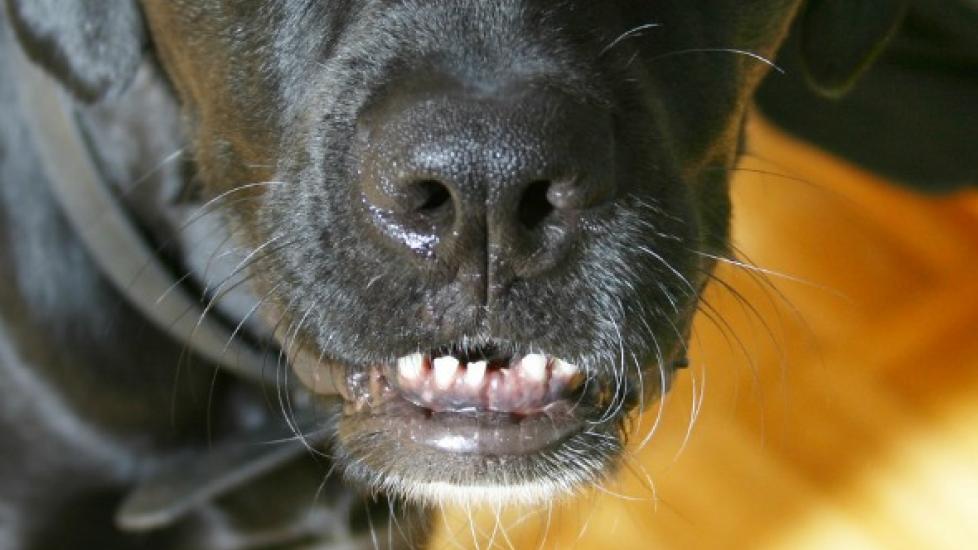Tooth Dislocation or Sudden Loss in Dogs
Tooth Luxation or Avulsion in Dogs
Tooth luxation is the clinical term for a dislocation of the tooth from its normal spot in the mouth. The mutation can be vertical (downward) or lateral (on either side).
In vertical luxation, the tooth may move up (intrusion) or down (extrusion) in its bony socket. In lateral lunation, the tooth tips to the side. Lateral luxation usually occurs due to an injury that has pushed the tip of the tooth to one side. Vertical luxation is related to the dislocation of the root of the tooth. A tooth is called avulsed, meaning that it has been torn suddenly from its spot, if it has been luxated completely from its bony socket.
Symptoms and Types
In cases of intrusion, the affected tooth appears shorter than normal. In extrusion, the tooth appears longer than normal and can be moved both vertically and horizontally when touched. In case of lateral luxation, the upper part of the tooth is found deviated on the either side. It may be overlapping a nearby tooth to some degree. In cases where there is avulsion of the tooth, the tooth is found to have become completely displaced from its bony socket. This is most often as the result of an injury to the mouth, or to an infection at or near the tooth.
Causes
- Trauma or injury, such as road side accidents, falls, or fights
- Dogs with chronic tooth infections are at higher risk
Diagnosis
You will need to give a thorough history of your dog's health, onset of symptoms, and possible incidents -- such as recent injuries -- that might have preceded this condition. Your veterinarian will conduct a complete physical examination and will closely look into your dog's mouth to evaluate the complete set of teeth. The close physical examination will enable your veterinarian to see if the tooth is luxated or avulsed and whether it can be saved. The most important diagnostic test is radiographic imaging of the tooth arcade, i.e., mouth cavity. X-ray films will be placed into the oral cavity to take an X-ray of the affected teeth. Typical changes will enable your veterinarian to precisely diagnose and treat the condition.
Treatment
Surgery can usually be conducted to fix the tooth back to its normal position using various materials, including fine wires. Anesthesia will be required for conducting the surgery to prevent pain related to this procedure as well as movement by the dog. For this reason, your dog's health and any other underlying conditions will be taken into consideration, since some animals are at an increased risk for anesthesia complications and the risk may not be worth saving the tooth.
If your dog is a good candidate for the oral surgery, time is a crucial factor for the successful outcome of the surgery. The sooner the avulsed tooth is placed back in its bony socket, the better the chances are for recovery. The best results are typically achieved when the avulsed tooth is placed back in its socket within 30 minutes of its avulsion.
If you have found yourself in a situation where your dog has had its tooth forced from its mouth, by trauma or other causes, you can place the avulsed tooth in a normal saline solution to protect it from damage and take it to your veterinarian along with your dog. If you don’t have saline at home, you can also place the tooth in a small amount of milk to keep it safe until it can be delivered to your veterinarian. You should not waste time getting the avulsed tooth to the veterinarian. Once the tooth has been fixed in place again, it usually takes 4-6 weeks for the tooth to properly reimplant in the socket.
Antibiotics are standard after the surgical procedure for the prevention of infection, and a mild pain reliever may be prescribed to keep your dog comfortable. After a period of 4-6 weeks, the fixation material will be removed and X-rays will be taken to confirm the reimplantation of the affected tooth. If the tooth has not properly fixed, it will need to be removed due to fixation failure.
Living and Management
For a few days after the surgery, your dog should not be fed hard foods. Your veterinarian will recommend a temporary soft diet that will be beneficial to healthy bone reformation, and that will not move the tooth out of its socket during this period in which the tooth is resetting. Also during this time, do not allow your dog to pick up solid objects with its mouth to prevent further trauma to the implanted tooth.
Maintenance and good oral hygiene after surgery is of paramount importance for the full recovery of your dog's tooth. Daily rinsing with antiseptic solution is usually required in these animals. Your veterinarian will brief you on the correct method of cleaning your dog's teeth, as well as the best procedures for removing debris, food particles and other material from the space in between the teeth, including the implanted tooth. Oral rinses are available for dogs, which can be used to maintain good oral hygiene. However, you should only use oral rinses under the recommendation of your veterinarian.
